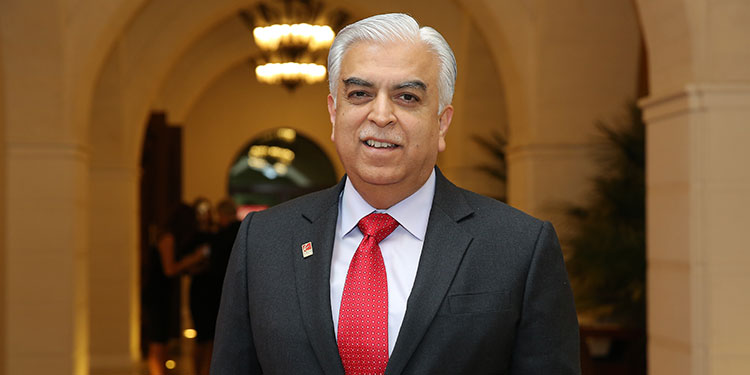The massively increasing amounts of small and large size shipments, and their frequency variations, due to the growth of eCommerce, pose a great challenge to logistics service providers. One can well imagine eCommerce and last-mile delivery catering to hundreds of thousands of products and product categories across huge industry segments, including cosmetics, perfumes, gifts, electronics, appliances, apparel, food, groceries, shoes, medicines. The list is just endless, and ever-growing.
And since eCommerce and last-mile delivery services are the current rage, every other person wishes to get on to this bandwagon.
At the same time, new technologies and innovations are being developed with the aim of increasing the efficiency of the service provider, as well as fostering the creation of newer enterprises and business models.
The quality of the last mile delivery is an extremely important and key marketing component that helps create customer satisfaction.
As cities worldwide went into lockdown last March, most businesses were forced to shut their doors and forgo significant revenues for a few tough months till the online businesses and delivery systems ramped up.
The food and grocery business, as well as some other categories gave rise to aggregators to power the on-demand economy.
As an example, let us take the “food economy” shift to online ordering. This has not really been all that good for any of its key stakeholders.
Restaurants complain of the astronomically high commission rates (up to 30 percent) that they are forced to pay to food aggregators, thereby feeling stuck with no clear alternatives.
Customers often complain of inconsistent quality, delays, and not-very-clean delivery personnel.
Food aggregators (and their investors) continue to lose money, and almost none have turned profitable since inception. Investors have started growing impatient, asking their ventures for a clear path towards making money.
Drivers/ riders complain of low pay, not too good living conditions, and limited social protection.
These challenges have led to rising tensions between the stakeholders.
Recently, the founder of Noon introduced Noon Food, a new food delivery service, that would limit its commission to 15%, and challenged others to follow suit. In parallel, Careem (the region’s ride-hailing company recently acquired by Uber) removed its variable commission structure, asking restaurants to pay a fixed monthly fee instead and cover delivery expenses.
Noon can’t possibly win following the same approach of current players, but if it changes how the game is played, and in all probability it will, the results could turn the industry’s tough economics around.
There are some core issues at the heart of why most players in the last mile delivery business suffer:
High delivery costs – Unlike other delivery businesses, food delivery requires a driver to pick up food from one supplier and deliver it to one customer, making a trip per order. In the case of normal eCommerce, a driver can pick up from one warehouse and deliver to multiple customers. Adding to the complexity, food delivery has distinct peak times (lunch, dinner), forcing drivers to go unutilized for most of the day.
Also, competitive pressures are on the rise, and the number of low value orders is also increasing across all industry segments.
Noon repositioned itself as a logistics company, increasing the breadth of its playing field across various verticals and selectively integrating backward into areas it considers attractive.
Noon is best positioned among all food delivery platforms to maximize its drivers’ utilization by using them across its business lines.
In India, Dunzo Digital, backed by Google, has chosen a different niche, offering quick motorbike errand-running and deliveries.
Dunzo owes its speedy service to two key technologies: an AI-based geographical supply-and-demand management system and a cloud-based e-commerce merchant platform.
The AI system monitors the geographic distribution of delivery agents and new orders, and recommends incentive fee adjustments to optimize delivery-agent locations to quickly meet demand and minimize delivery times.
It would be interesting to see if a Dunzo type of model can be replicated in this region.
Even though strategies look great theoretically, executing the same gets to be much harder. Anyone who has led a business knows that capturing synergies is extremely complex, especially when human capital is involved.
As competition intensifies and the level of technological and business model innovation rises in this space, the future looks very exciting, especially for consumers.
Article authored by Niranjan Gidwani – Consultant Director and Former CEO of Eros Group Dubai.
















